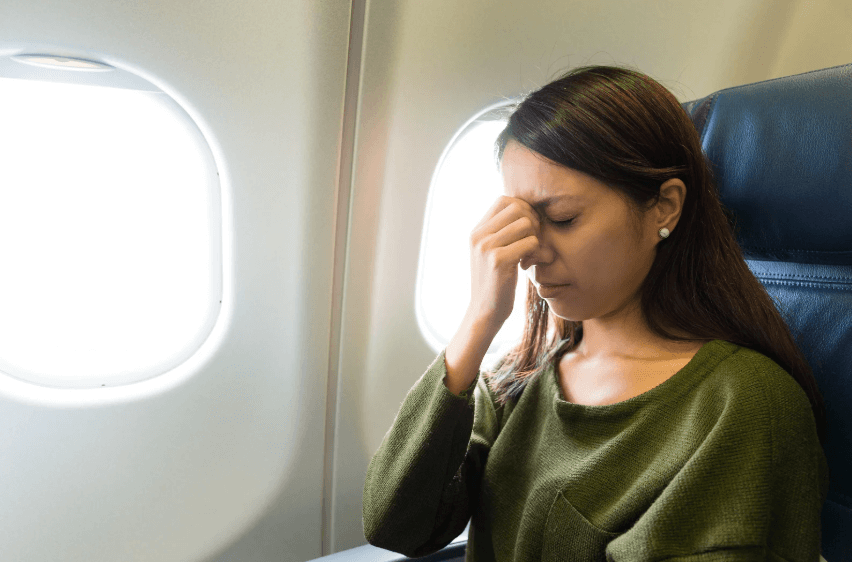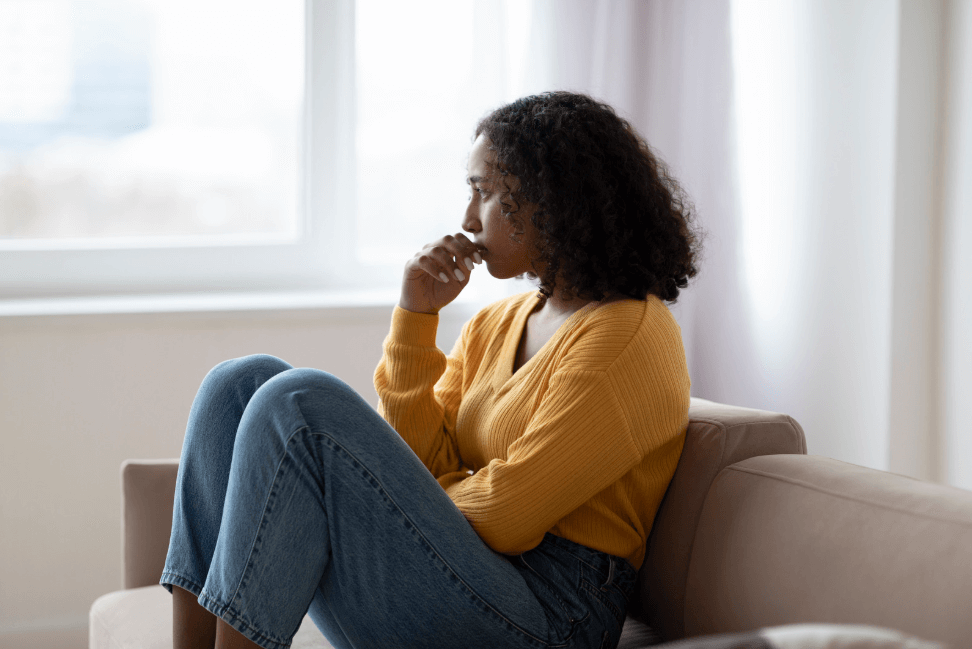Anxiety Counseling
You don't have to suffer from debilitating fear and anxiety. We're here to help.

Anxiety manifests uniquely across individuals but is marked by excessive and persistent worry as well as physical symptoms such as an elevated heart rate or difficulty breathing. Stress and anxiety are often used interchangeably, but they can be differentiated. Stress is a reaction to a specific stressor, whereas anxiety tends to be more generalized. Those experiencing stress usually understand that addressing stressors can alleviate their discomfort, whereas anxiety sufferers often struggle to identify the source of their anxiety.
Symptoms of Anxiety
Anxiety symptoms will vary from person to person and across the anxiety disorders. Here are some examples of common cognitive and physical symptoms of anxiety:
Cognitive:
- Recurrent thoughts and worries that interfere with daily life
- Difficulty concentrating
- Actively avoiding situations that trigger anxiety or fear
- Driving urge to put your worries at ease (constant Internet searches about your worry or fear, talking excessively to friends/family about your worry or fear)
- Continuously asking ‘what if’ or always looking at the negative despite the existence of alternative explanations
Physical:
- Digestive issues
- Elevated heart rate
- Difficulty breathing
- Inability to go to sleep or stay asleep
- Muscle tension or unexplained body aches
- Headaches
- Excessive sweating
Examples of Anxiety Disorders:
Across the anxiety disorders, shared features include excessive fear (the emotional response to a real or perceived imminent threat), anxiety (the anticipation of future threat) and related behavioral disturbances like avoidance behaviors and impairments in functioning. Anxiety disorders are differentiated from each other based on the types of situations or objects that are feared and/or avoided.
- Generalized Anxiety Disorder: Persistent and excessive worry about everyday life events.
- Panic Disorder: Recurrent panic attacks (i.e., a sudden feeling of terror that comes on without warning, or in response to a feared object or situation). Panic attacks can coincide with any of the other anxiety disorders as well.
- Social Anxiety: Excessive fear and anxiety over being scrutinized in social situations.
- Phobias: Intense anxiety and physical symptoms in response to specific objects or situations; the anxiety is out of proportion to actual threat or danger. This can include intense fear towards heights, small enclosed spaces, and leaving the house.
- Post-Traumatic Stress Disorder: A condition that can develop following a traumatic and/or terrifying event, such as a sexual or physical assault, the unexpected death of a loved one, or a natural disaster. People with PTSD often have lasting and frightening intrusive thoughts and memories of the event that impair their ability to function in daily life.
Some Treatments for Anxiety:
- Cognitive Behavioral Therapy
- Eye Movement Desensitization and Reprocessing (EMDR) Therapy
- Dialectical Behavioral Therapy (DBT)
- Acceptance and Commitment Therapy (ACT)
- Exposure Therapy
Did you know?
- Anxiety disorders affect 19.1% of adults and 31.9% of children between 13-18 years old in the US. Of those suffering from anxiety disorders, only 36.9% seek treatment.
- Anxiety disorders often co-occur with other disorders, such as depression, Irritable Bowel Syndrome, and Attention deficit hyperactivity disorder (ADHD).
- Anxiety disorders develop from a complex set of risk factors, including genetics, brain chemistry, personality, and life events.
Ready to get started?
Book instantly with a licensed therapist who accepts your insurance and is available to see you online or in-person.



